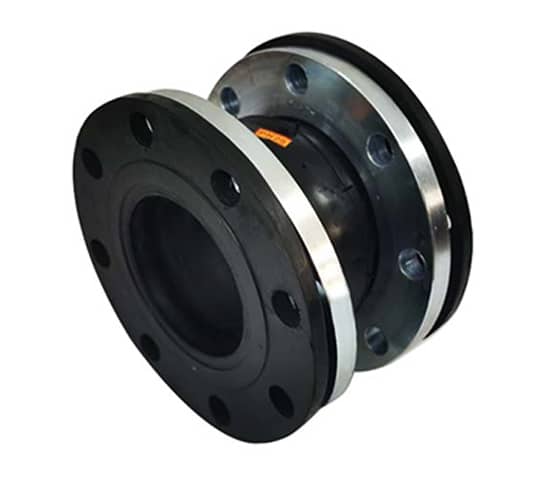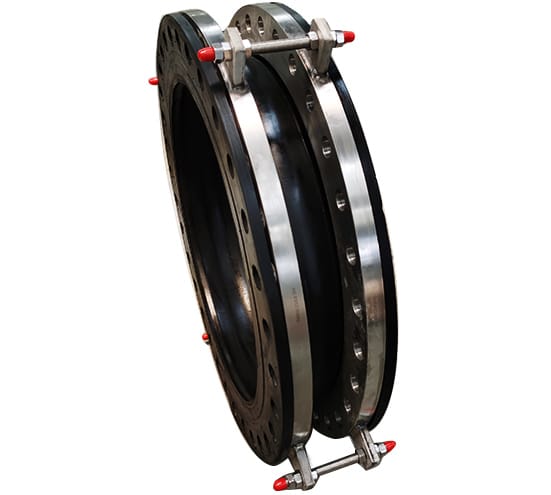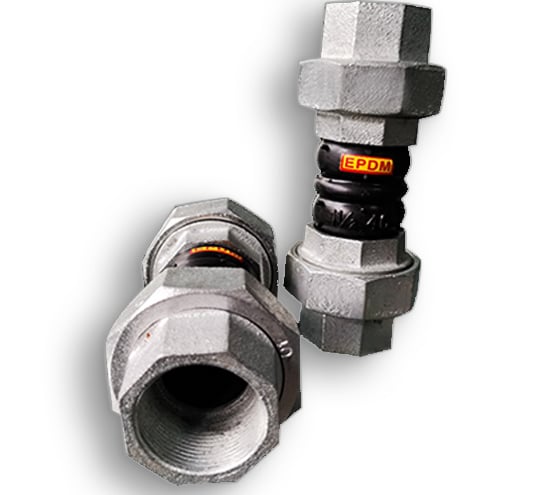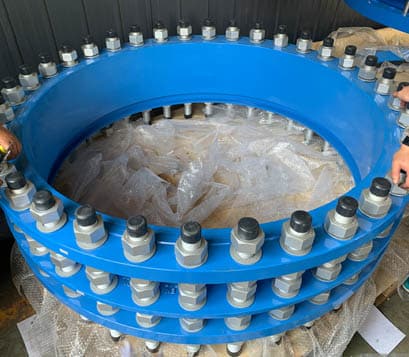Flexible Flanged Rubber Expansion Joint
Flexible Flanged Rubber Expansion Joint Is Flange Ends Rubber Expansion Joint, Which Can Be Single Ball, Double Ball Or Triple Ball, And Is The Most Basic And Most Used Rubber Joint.
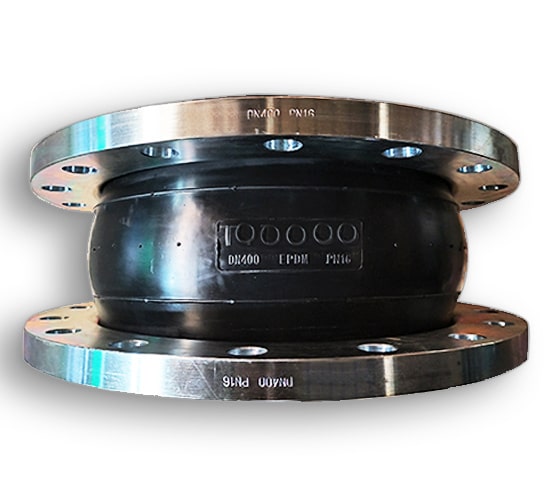
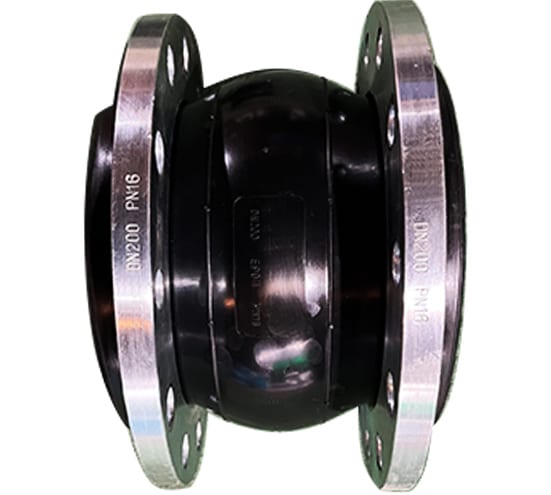
Specification
- Common Type: Suitable For Transportation Temperature From 15°C To 80°C Water, Acid Or Alkali Solution Concentration Less Than 10 Percent. Can Choose Single Ball, Double Ball Or Multi-Ball, Compared To Single Ball, Double Sphere Or Multi-Ball Rubber Joints Using Multi-Wave Design, Increasing The Length Of The Rubber Joint, Increasing The Amount Of Compensation
- Flexible Rubber Joint Is Also Available Upon Request For Special Performance Requirements Such As High Temperature, Oil, Cold, Ozone, Abrasion Or Chemical Resistance
Drawing
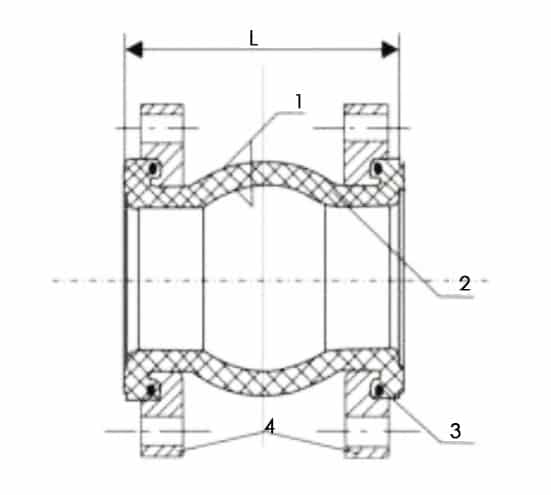
Single Ball Flexible Rubber Joint
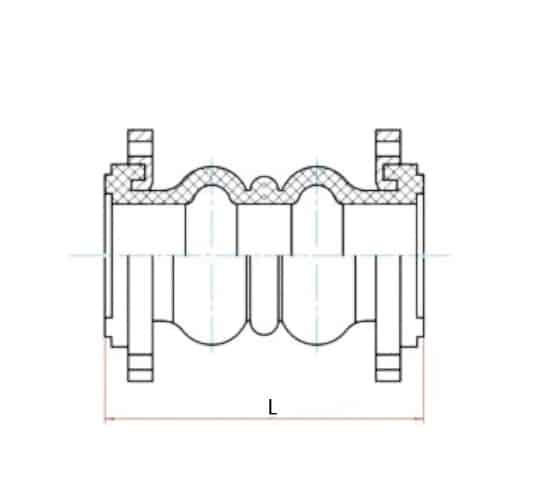
Double Ball Flexible Rubber Joint
Dimension
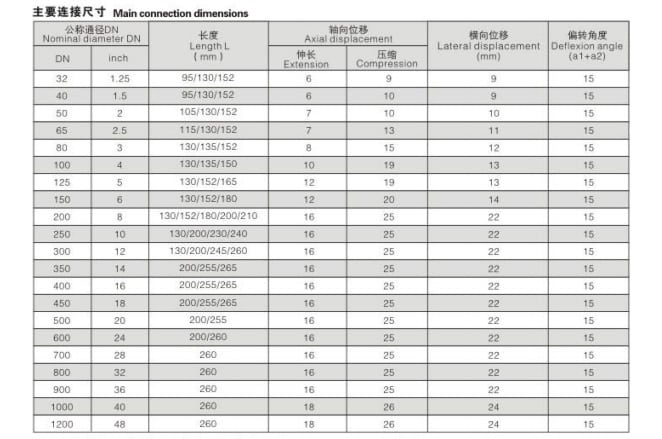
Single Sphere Flexible Rubber Joint
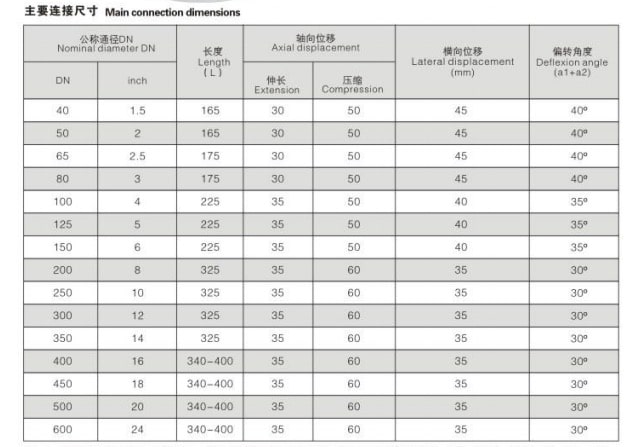
Double Sphere Flexible Rubber Joint
How to protect flexible rubber joint?
The Ball Of The Rubber Joint Is Rubber, And The Rubber Will Age After A Long Time.In Order To Prolong The Service Life For The Rubber Joint, It Is Necessary To Place The Rubber Joint In A Cool And Dry Place With No Sunlight, And Keep Away From Strong Acids And Alkalis. In Addition, Rubber Products Are Made Of Rubber And Other Synthetic Rubber In Proportion To The Formula, Which Will Oxidize And Corrode Over Time, And Rubber Joint Products Contain Volatile Substances, Both In A Humid Environment And In A Dry Environment, Which Will Reduce Its Life. So Generally, Rubber Products Should Be Packed In Plastic Bags After Use, Not To Be Exposed To The Air For A Long Time, Which Is Also An Effective Way To Extend The Life Of Flexible Rubber Joint.
How to install flexible flanged rubber expansion joint?
Flange Connection Rubber Joints Have High Strength, Low Noise, Long Service Life, Good Bendability And Seismic Performance.
Before Installation, Ensure The Two Flange That Need To Be Connected Must Be Parallelly Assembled , Then Rotate One Of The Flange On The Rubber Joint ,So That The Flange Holes Are Aligned With The Flange Which Will Be Connected, Put On The Bolt, Screw On The Nut, Then Rotate Another Flange On The Rubber Joint ,So That The Flange Holes Are Aligned With The Flange Which Will Be Connected, Put On The Bolt, Screw On The Nut, And Make The Three Tightly Connected To Prevent Poor Sealing.
How to choose flanges for flexible rubber joint?
Flanges For Flexible Rubber Joint Require Corrosion Resistance, Acid And Alkali Resistance, High Temperature Resistance, Long Service Life And So On, Most Popular Flanges For Flexible Rubber Joint Are Forged Steel Flanges And Cast Steel Flanges. Forged Flanges Are Corrosion Resistant, Acid And Alkali Resistant, Long Service Life, With Strong Textural Performance, And There Are No Sand Holes And Porosity. Cast Steel Flange Usually Have Sand Holes ,Air Holes And Rougher Appearance. But The Price Is Cheaper Than Forged Flange.
Most Popular Flange For Flexible Rubber Joint Is Slip On Flange ,It Is Suitable For Low Pressure Pipeline , Pressure Fluctuations, Vibration And Shock Shouldn’t Serious In The Pipeline. Slip On Flange Is Suitable For Pipeline Connection With Nominal Pressure Not More Than 2.5MPa.
Other Flanges Are Also Available Upon Requirement.

